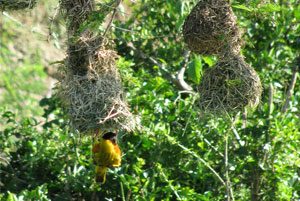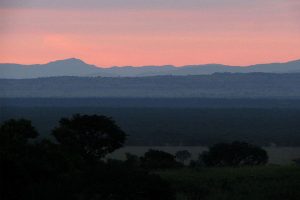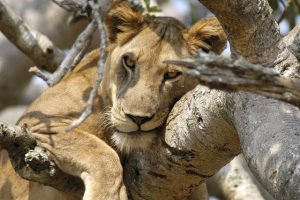 Practical Information
Practical Information
Getting Here:Queen Elizabeth National Park is a five to six hour drive from Kampala via Mbarara, and is accessible by public transport. The nearest town is Kasese, to the north.
Climate: This region is hot and dry, though the nights are refreshingly cool – bring warm layers to wrap up in.
Entrance fees:
Contact Uganda Wildife Authority (UWA) for more information about entrance fees and multi-day passes. Please notes that rates are subject to change.
Email: uwa@uwa.or.ug
Phone: +256 41 355-000
Web: www.ugandawildlife.org
UWA Tariffs 2020/ 2022: View here:
Nearby Pearls

 Queen Elizabeth
Queen Elizabeth What To Do
What To Do Wildlife
Wildlife

